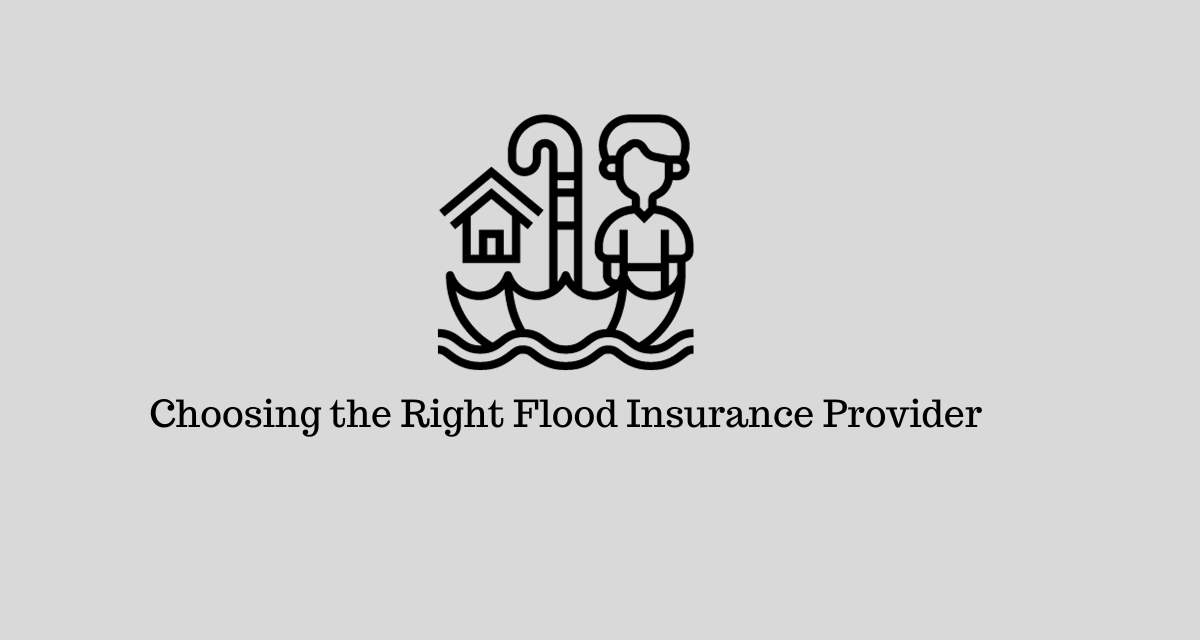Selecting the right flood insurance provider is a crucial decision, especially in flood-prone areas. With various options available, it’s essential to choose an insurance company that offers the coverage you need, reliable service, and competitive rates. In this article, we’ll guide you through the steps to make an informed choice when selecting a flood insurance provider.
1. Assess Your Needs
Before you begin your search, assess your specific flood insurance needs. Consider factors like the location of your property, the type of coverage required, and your budget.
2. National Flood Insurance Program (NFIP) or Private Insurer
Determine whether you want to obtain flood insurance through the government-backed National Flood Insurance Program (NFIP) or a private insurer. The NFIP offers standardized policies, while private insurers may provide more customized coverage. Each option has its pros and cons, so research and evaluate which one suits your needs.
3. Research Available Providers
Compile a list of flood insurance providers that operate in your area. This can be done through online research, recommendations from neighbors or friends, or by contacting local insurance agents.
4. Verify Financial Strength
It’s essential to choose an insurance provider with a solid financial standing. Look up the provider’s financial ratings from agencies like A.M. Best, Standard & Poor’s, or Moody’s. A financially stable provider is more likely to fulfill its obligations in the event of a flood-related claim.
5. Compare Coverage Options
Request quotes and policy details from the insurance providers you’re considering. Compare coverage options, including limits for building and personal property coverage, deductibles, and any additional features or endorsements. Ensure that the coverage aligns with your specific needs.
6. Check Customer Reviews and Reputation
Websites, social media platforms, and industry-specific forums can provide insights into the experiences of policyholders. Pay attention to feedback on the claims process, customer service, and overall satisfaction.
7. Customer Service
Contact their customer support to ask questions and gauge their responsiveness and willingness to assist you. Prompt, helpful customer service can make a significant difference during the claims process.
8. Rates and Premiums
While price shouldn’t be the sole determining factor, compare the rates and premiums offered by different providers. Consider your budget and how the cost of coverage fits within it. Keep in mind that the cheapest option may not provide the coverage you need.
9. Claims Process
Inquire about the provider’s claims process. Understand how to file a claim, how claims are evaluated, and the timeline for receiving compensation. An efficient and transparent claims process is crucial in times of need.
10. Local Expertise
Choose a provider that understands the specific flood risks and regulations in your area. Local expertise can help ensure that you have the right coverage for your property and that the provider is familiar with the challenges presented by your region.
Conclusion
Selecting the right flood insurance provider is a significant decision that can have a profound impact on your financial security in the event of a flood-related disaster. By assessing your needs, researching providers, comparing coverage options, and evaluating customer service, you can make an informed choice that ensures you have the right protection for your property and belongings.










